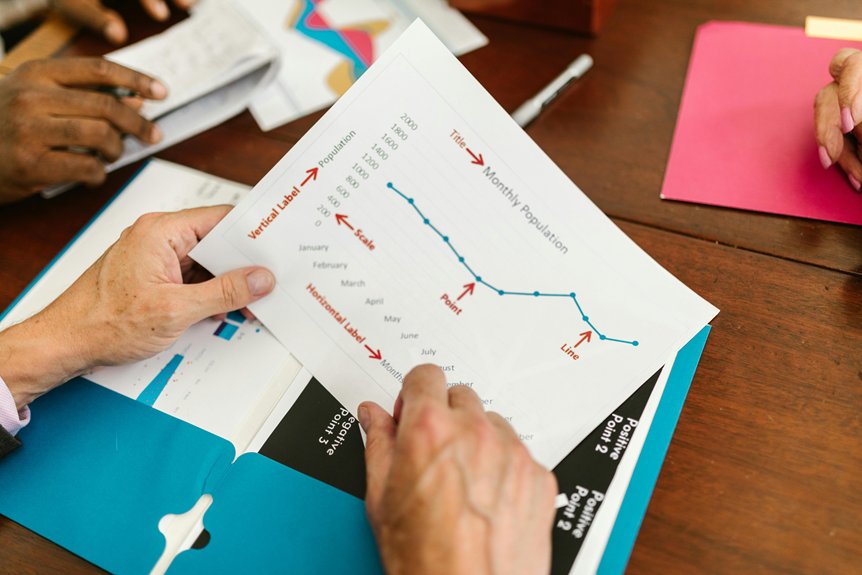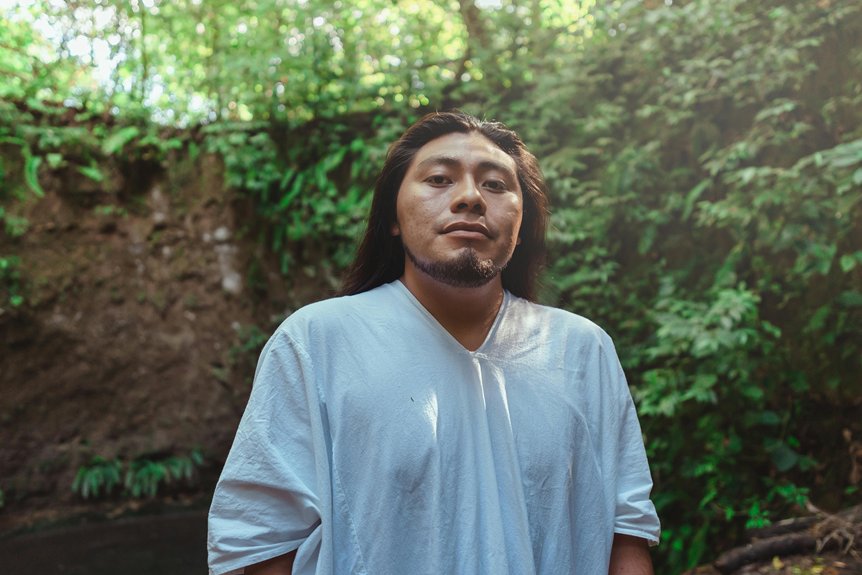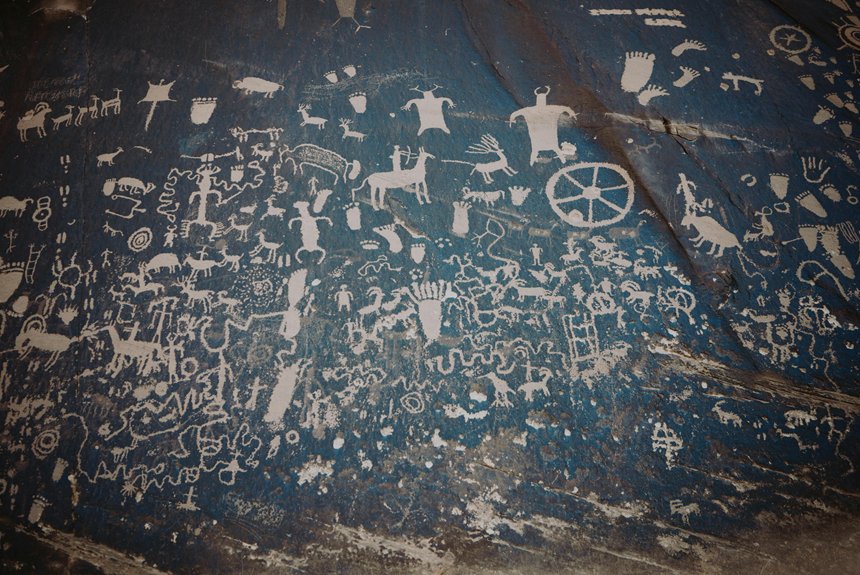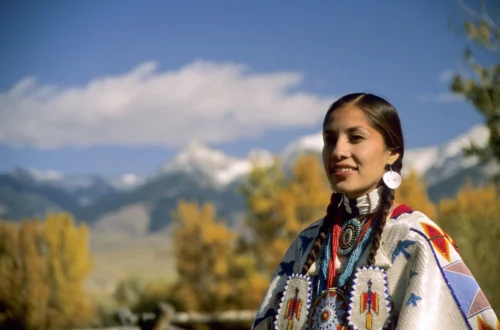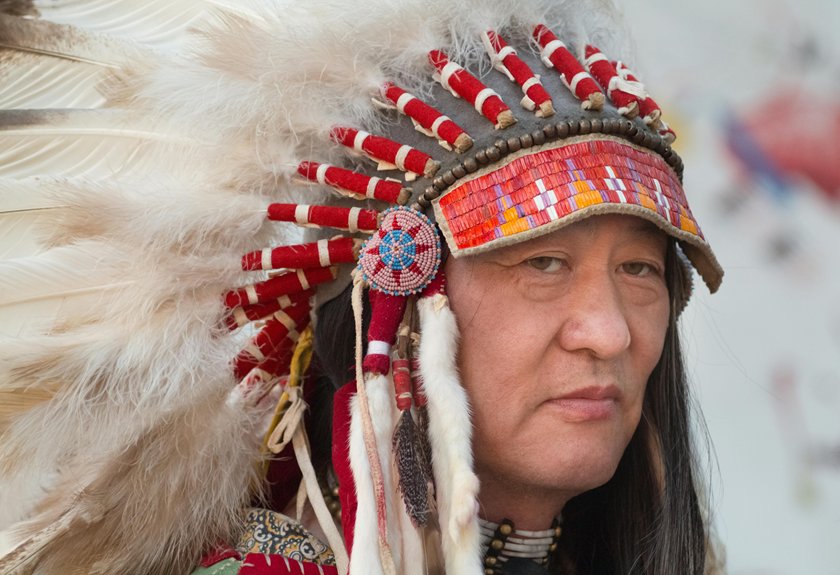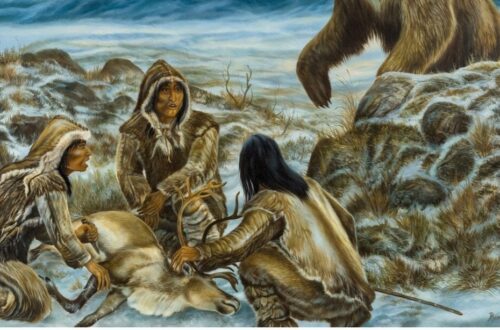You might think that only a handful of Native Americans exist today, but over 9 million individuals in the U.S. proudly identify as part of this rich heritage. This vibrant population spans more than 570 federally recognized tribes, each contributing to a diverse cultural landscape. As you explore the current demographics, you’ll uncover the factors influencing their growth and the remarkable resilience of these communities. What stories lie behind these numbers?
Historical Population Trends of Native Americans
As you explore the historical population trends of Native Americans, it’s essential to recognize the profound impact of colonization and government policies on their numbers.
From the arrival of European settlers in the 15th century, indigenous populations faced devastating consequences, including disease, warfare, and displacement. These factors led to dramatic declines in population, with estimates showing a loss of millions.
In the 19th century, forced removals and assimilation policies further eroded tribal structures and cultures, contributing to continued demographic challenges.
However, the resilience of Native communities has allowed for a slow recovery in recent decades.
Understanding these historical trends helps you appreciate the rich heritage and ongoing struggles of Native Americans today, paving the way for a more informed perspective on their current realities.
Current Demographics and Statistics
Today, over 9 million people in the United States identify as Native American, reflecting a diverse tapestry of cultures, languages, and histories. This growing population includes individuals from over 570 federally recognized tribes and countless other communities.
The demographics show a younger population compared to the national average, with a significant percentage under 18 years old. Education levels have been improving, as more Native Americans pursue higher education, although disparities persist.
Employment rates are also on the rise, yet challenges remain in achieving equality. Understanding these statistics helps you appreciate the resilience and contributions of Native American communities in contemporary society.
Geographic Distribution of Native American Communities
While many Native American communities are concentrated in specific regions, their presence spans across the entire United States, reflecting a rich diversity of cultures and histories.
You’ll find significant populations in the western states, particularly in areas like Arizona, New Mexico, and South Dakota, where tribes maintain strong cultural ties.
In the Midwest and the Northeast, communities continue to thrive, with unique traditions and languages.
Urban areas, too, are home to many Native Americans, as individuals seek opportunities while preserving their heritage.
Understanding this geographic distribution helps you appreciate the resilience of these communities and their ongoing contributions to American society.
Each location tells a story of survival, adaptation, and a commitment to cultural preservation.
Factors Influencing Population Growth
The vibrant presence of Native American communities across the United States is shaped by various factors that influence population growth. One key factor is the increasing birth rates within these communities, as families often prioritize cultural values that emphasize strong kinship ties.
Additionally, improved access to healthcare has notably reduced mortality rates, allowing more individuals to thrive and contribute to their communities. Economic development initiatives and educational opportunities also play crucial roles, as they empower Native Americans to build sustainable futures.
Moreover, the recognition of tribal sovereignty enhances pride and unity, fostering a sense of belonging. Together, these elements create a supportive environment that not only preserves but also nurtures Native American populations, ensuring their resilience for generations to come.
Cultural Resurgence and Identity
As Native American communities embrace their rich heritage, a powerful cultural resurgence is taking place that strengthens identity and fosters connection.
You’ll notice a renewed interest in traditional languages, crafts, and practices, as individuals seek to reclaim and celebrate their ancestry. This resurgence isn’t just about preservation; it’s about revitalization and asserting cultural pride in today’s world.
Festivals, storytelling, and art become platforms for sharing histories and values, allowing you to engage with the vibrant narratives of Native peoples. By participating in these cultural expressions, you help reinforce a sense of belonging and solidarity.
Understanding this resurgence can deepen your appreciation for the resilience of Native communities and their ongoing journey toward self-definition and empowerment in modern society.
The Role of Native American Communities in Modern Society
Embracing their cultural resurgence, Native American communities play an essential role in shaping modern society. They contribute rich traditions, languages, and perspectives that enhance our collective identity.
You’ll find these communities actively involved in environmental stewardship, advocating for sustainable practices rooted in ancestral knowledge. Many Native Americans also engage in arts, education, and policy-making, ensuring their voices resonate in significant discussions.
Through cultural events and educational programs, they foster understanding and respect among diverse populations. By sharing their stories and histories, they challenge stereotypes and promote awareness of Indigenous issues.
Supporting Native American initiatives not only honors their heritage but also enriches our society as a whole, creating a more inclusive and informed world for everyone.
